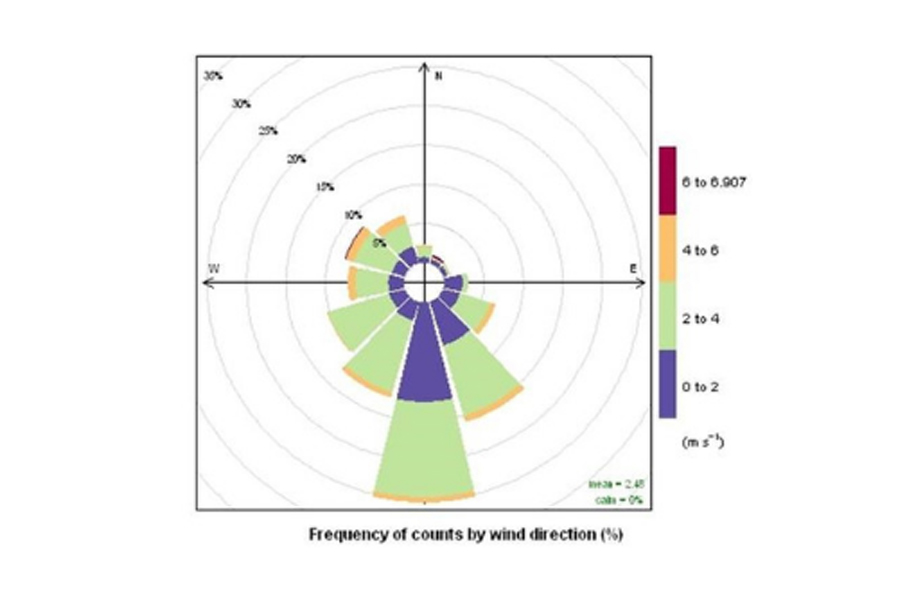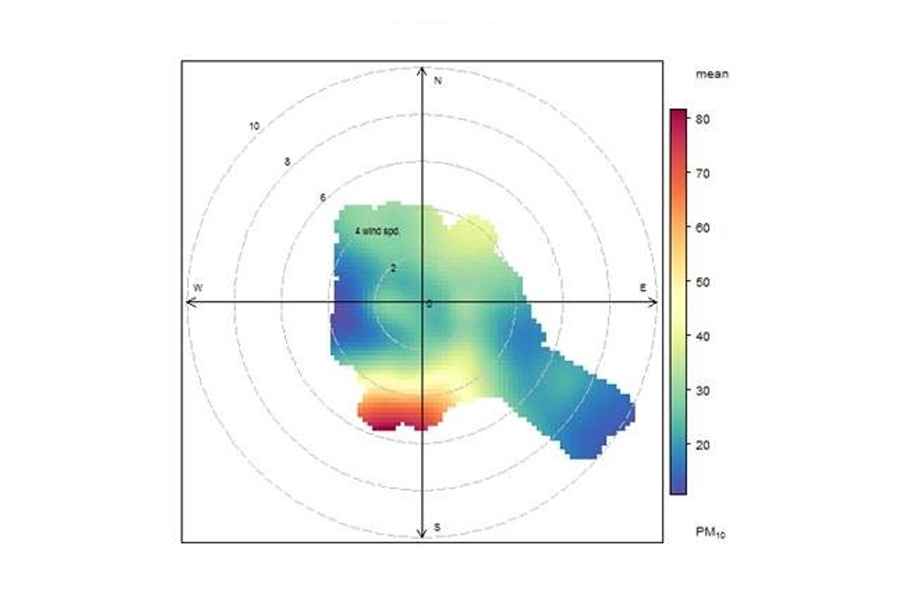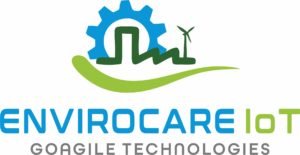
Purpose of the evaluation.
Air quality evaluation environment.
Location of sources (address and reference maps).
Altitude above sea level of the monitoring site.
Methods used.
Factors that may have affected the results.
Summary of the QA / QC processes.
Estimation of the uncertainty measure for the results of the test.
Details of the tests and analytical laboratories.
Duration of monitoring.
Location of monitors (latitude and longitude referring to the data used).
Height above ground level of the sample intake.
Any variation of the location or methods of the test.
Comparison of results with relevant legislation.
Percentage of valid data obtained.
Environmental conditions during monitoring, including temperature, pressure, wind speed and direction.

Monitoring and verification of data:
Every day the behavior of the different parameters is monitored to identify if the registered values are acceptable.
Supervision of QA / QC processes:
Supervision of QA / QC processes
• Limit values and thresholds that should not be exceeded.
• Evaluation thresholds that indicate the type of measure that must be carried out at least in one point.
• How different calculations (aggregations) should be performed
Identification of sources.
Carrying out an inventory and classification of sources to know the characteristics of their emissions and the characteristics of the environment of the station. It is also interesting to know meteorological data and its wind rose.
Analysis, comparison and compliance with current legislation.
Design of action plans.
Management of maintenance works.
Monitoring of episodes of high levels of contamination and help in the activation of warning protocols.

